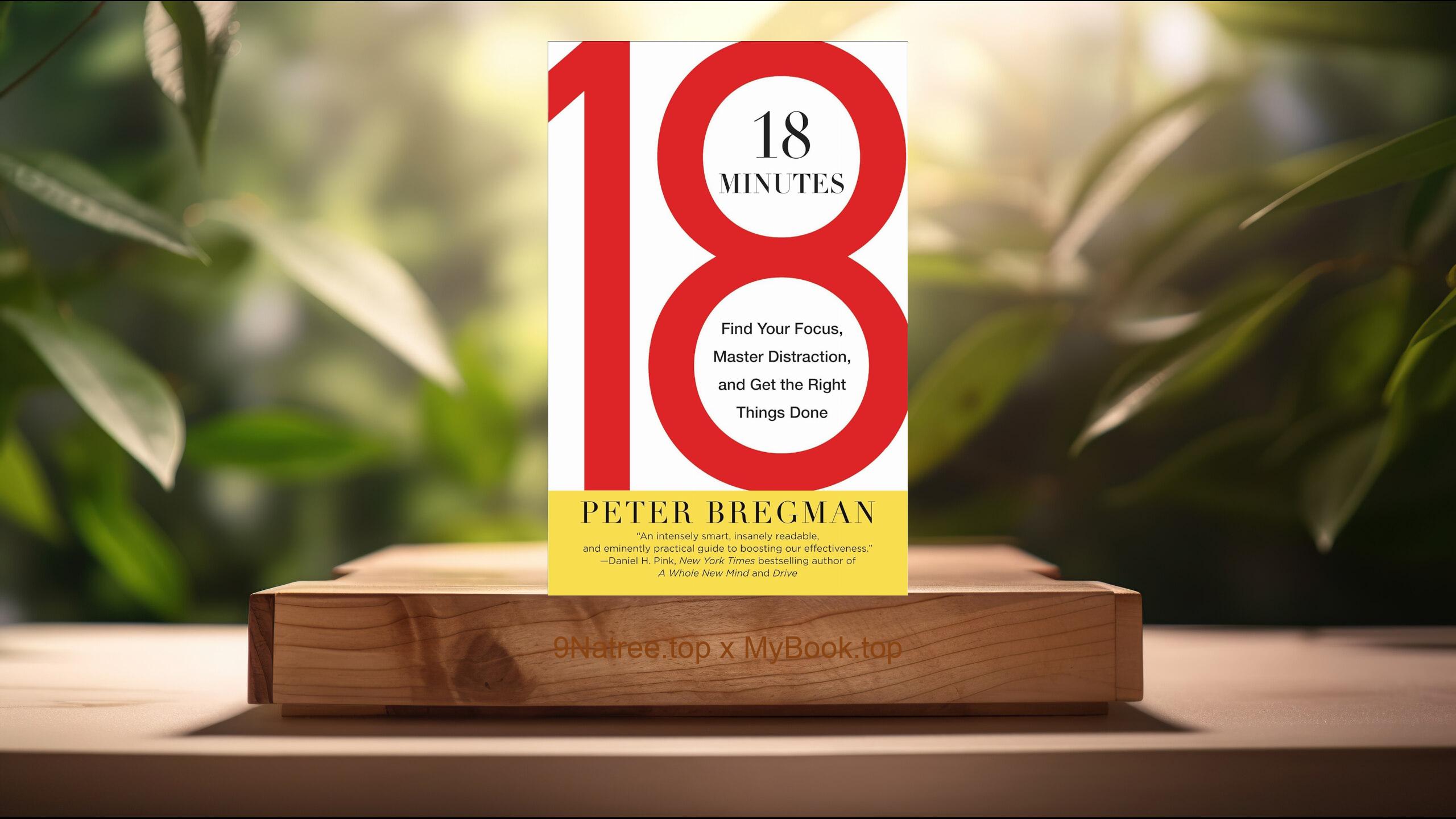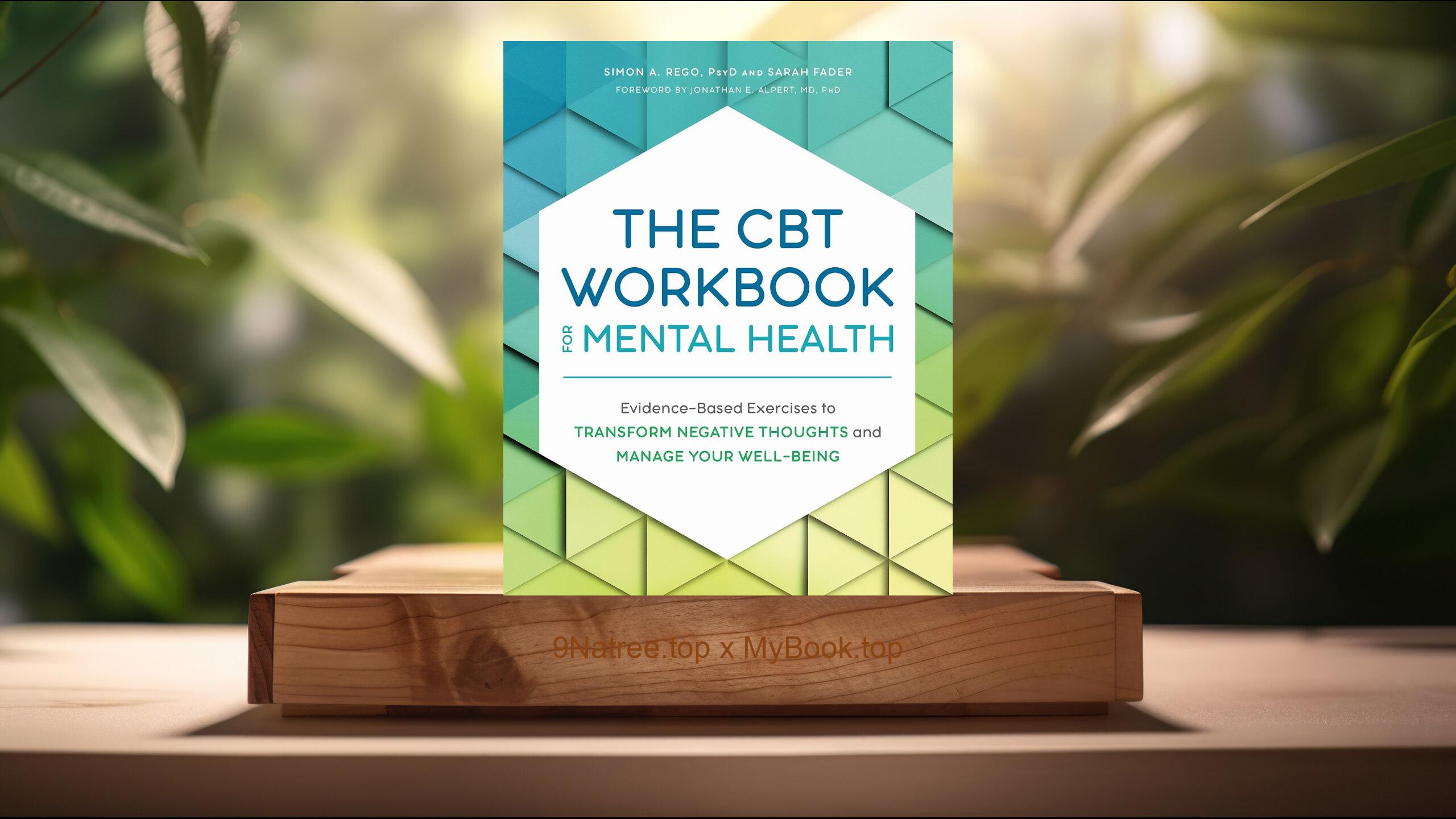Show Notes
- Amazon USA Store: https://www.amazon.com/dp/B003E749SK?tag=9natree-20
- Amazon Worldwide Store: https://global.buys.trade/A-Conflict-of-Visions%3A-Ideological-Origins-of-Political-Struggles-Thomas-Sowell.html
- eBay: https://www.ebay.com/sch/i.html?_nkw=A+Conflict+of+Visions+Ideological+Origins+of+Political+Struggles+Thomas+Sowell+&mkcid=1&mkrid=711-53200-19255-0&siteid=0&campid=5339060787&customid=9natree&toolid=10001&mkevt=1
- Read more: https://mybook.top/read/B003E749SK/
#ideologicalconflict #constrainedvision #unconstrainedvision #politicalphilosophy #publicpolicy #AConflictofVisions
These are takeaways from this book.
Firstly, The Constrained and Unconstrained Visions, Sowell identifies two archetypal ways of seeing human nature that organize political life. The constrained vision assumes that human limitations are enduring. Self interest, ignorance, and bias are constants. Progress therefore comes from institutions that manage incentives and from traditions refined by trial and error. Trade offs replace solutions, and prudence outranks intention. The unconstrained vision assumes that human nature is malleable and that reason and moral commitment can overcome injustice. Progress comes from enlightened leadership, education, and deliberate reform. Solutions seem possible if will and expertise are applied. These visions do not map neatly onto parties; they are deeper cognitive and moral templates. In crime policy, the constrained approach stresses deterrence and reliability, while the unconstrained stresses rehabilitation and root causes. In economics, constrained thinkers favor market processes and impersonal rules; unconstrained thinkers favor planning and targeted outcomes. Neither vision is pure in practice, but each nudges policies toward different priorities. By revealing these starting points, Sowell explains why the same facts can yield opposing policies and why compromise often stalls at the level of first principles.
Secondly, Process Justice versus Result Justice, A recurring contrast in the book is between procedural fairness and end state fairness. Within the constrained vision, justice is about consistent rules known in advance, applied equally, and insulated from personal discretion. Equality before the law, freedom of contract, and rule guided governance are central. Outcomes may be unequal because talent, preference, and luck differ, but the process remains legitimate. Within the unconstrained vision, justice centers on the moral evaluation of outcomes. If distributions of wealth, status, or safety are judged unjust, then rules must be bent or redesigned to achieve equity. Positive rights, corrective policies, and case by case discretion are tools to align results with moral goals. Sowell shows how these orientations shape debates on antitrust, affirmative action, zoning, and education admissions. He warns that an exclusive focus on outcomes can erode predictability and invite arbitrary power, while an exclusive focus on process can ignore persistent harms and historical barriers. The conflict reappears whenever society must balance generality of rules against compassion for specific cases.
Thirdly, Knowledge, Incentives, and Systemic Causation, Sowell highlights a knowledge problem at the core of social design. In the constrained vision, knowledge is dispersed, tacit, and embedded in prices, customs, and evolved practices. Systems like markets, common law, and language coordinate this scattered information through feedback and incentives. Consequences depend on systemic interactions, not only on intentions. Thus policy should be cautious about overriding mechanisms that signal scarcity and risk. In the unconstrained vision, concentrated expertise and rational planning can correct waste and injustice. Pilot programs, commissions, and expert administration promise intelligent guidance over blind processes. Sowell documents how well intended interventions such as price controls, rent ceilings, and rigid wage policies distort signals, create shortages or surpluses, and produce outcomes opposite to goals. He also notes that success often rests on incentive compatibility. If a policy requires people to act against their interests or knowledge, it will fail regardless of sincerity. By contrasting systemic causation with intentional causation, the book teaches readers to ask not only what is desired, but also what mechanism will reliably deliver it in the messy world of trade offs.
Fourthly, Justice, Power, and the Role of Elites, The two visions imply different attitudes toward authority and expertise. The constrained vision is skeptical of concentrated moral authority. It prefers limits on power, separation of functions, and standards that minimize discretion. Judicial restraint, constitutional generalities, and due process protect against the passions and errors of leaders. The unconstrained vision sees power as a tool that can be entrusted to those with empathy and knowledge to rectify injustice. It accepts greater discretion for judges, administrators, and educators to tailor outcomes to moral aims. Sowell explores how these stances shape views on criminal justice, media gatekeeping, welfare policy, and education curricula. He also examines how elites see their role. Under the unconstrained vision, elites often justify leadership as stewardship of social improvement. Under the constrained vision, elites are yet another human group, limited and interest driven, who need checks and comparative accountability. These divergent premises explain recurring disputes over judicial activism, emergency powers, and the meaning of rights, whether negative protections from interference or positive claims on resources and services.
Lastly, Patterns of Political Struggle and Rhetoric, Sowell shows that once the underlying vision is set, positions across issues become strikingly predictable. Debates on crime, welfare, war, education, and free speech often repeat the same moral structure. One side frames opponents as indifferent to suffering or captive to privilege; the other frames opponents as utopian, naive about incentives, or reckless with traditions that sustain order. Each side treats evidence through its moral lens, emphasizing either intentions and disparities or trade offs and processes. This dynamic produces talking past one another, since the standards of proof and definitions of justice differ at the root. Sowell proposes that clarity about premises can reduce heat and increase light. By asking which vision a claim presupposes, readers can anticipate arguments, test consistency, and search for incremental compromises. The book does not claim one vision always wins. It shows that each guards against distinct dangers, such as cruelty without compassion versus compassion without constraints. Recognizing these patterns helps citizens build arguments that are less personal, more evidence based, and more likely to endure.
![[Review] A Conflict of Visions: Ideological Origins of Political Struggles (Thomas Sowell) Summarized](https://episodes.castos.com/660078c6833215-59505987/images/2200285/c1a-085k3-qdvxgvdxb0x-qojpdo.jpg)




